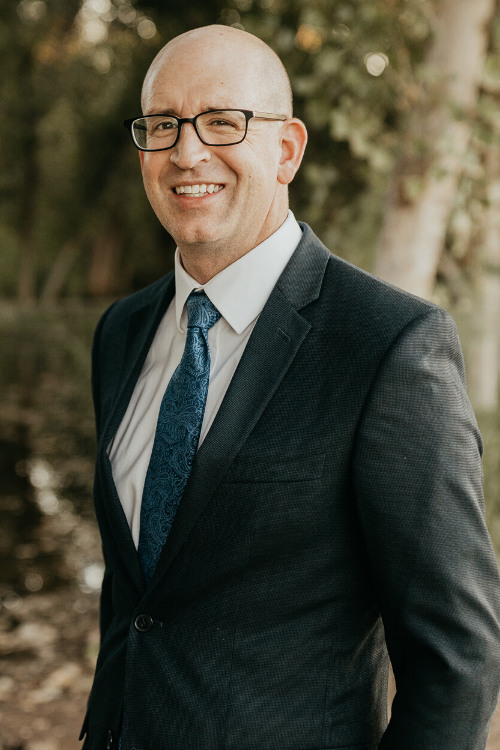Many families enjoy owning a vacation home, where generations gather, and memories are made. The second home is part of the family’s legacy, and the hope is that it will continue over many years. Making this happen is the subject of a recent article, “Legal East: Legacy planning for your shore house,” from Daily Local News.
Let’s say the house is to be left to more than one heir. How will the expenses for maintenance be paid? How will the heirs devise a schedule for all owners to use the house? What would happen if the house needs major work and only one owner has the money to pay for it?
Discussing how to structure the ownership of the home with an experienced estate planning attorney is important, as there are many options. The home could be owned in a trust, as a business entity like an LLC, or owned outright by one or more family members. Determining which type of ownership to use becomes important as the owner’s age.
If one of the vacation homeowners is elderly and needs long-term care, the home’s ownership may become problematic if they need to apply for Medicaid. Most people don’t think about this until they are faced with the problem. The vacation property will be a countable resource unless ownership is structured correctly before applying for Medicaid. Transferring ownership to a Medicaid Asset Protection Trust may make sense.
Another question is raised when considering applying for Medicaid: is there a primary residence, and is it exempt from being considered a countable asset? Most primary homes are, but this should also be explored with an estate planning attorney.
A Medicaid Asset Protection Trust is an irrevocable trust, but in this case, it’s created with certain features to allow someone to qualify for long-term benefits from Medicaid. A grantor establishes the trust, so the trust itself owns the home (or other assets placed in the trust), and the trustee manages the assets in the trust. The person creating the trust determines the trustee and successor trustees. In most cases, the trust terminates at the grantor’s death, and the trust’s assets are distributed to beneficiaries.
The MAPT is still subject to Medicaid’s five-year look-back. If the vacation home is transferred into the trust and an application is made to Medicaid within five years, the person won’t be eligible.
An elder law attorney can help you plan to protect your assets from the cost of long-term care through Medicaid, insurance, and trusts. Many strategies exist, but they all take some time to create and execute and need to be crafted for your unique situation.
To learn more about estate planning in the East Valley, Gilbert, Mesa and Queen Creek, schedule your free consultation with Attorney Jake Carlson by using one of the links above.
Reference: Daily Local News (Sep. 4, 2024) “Legal East: Legacy planning for your shore house”


